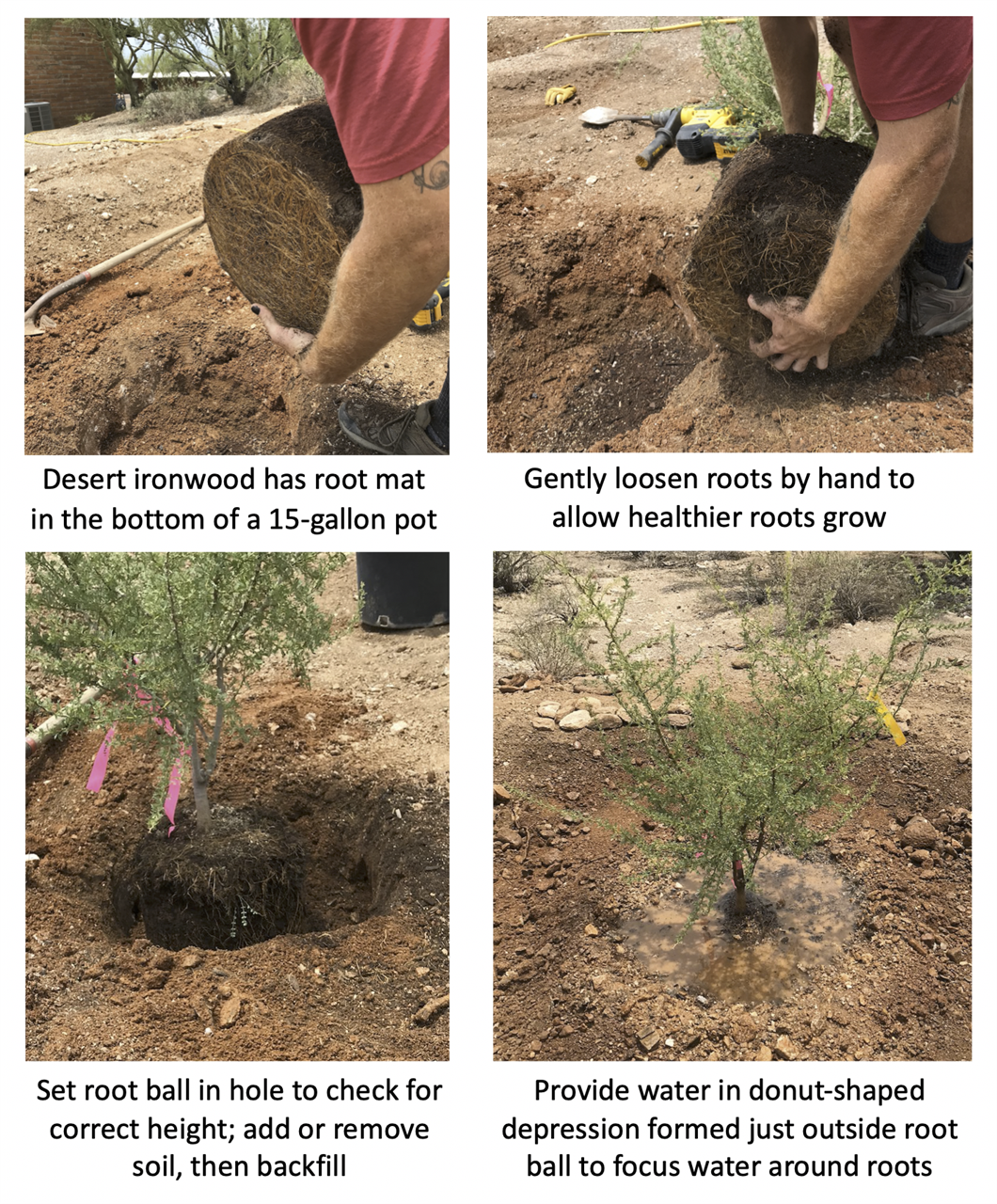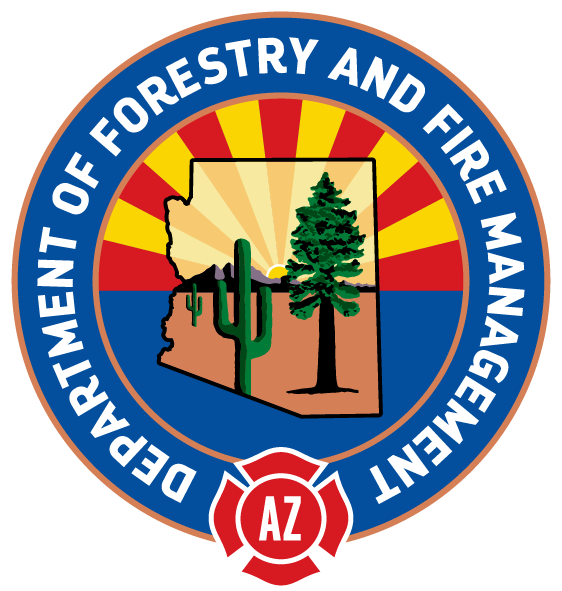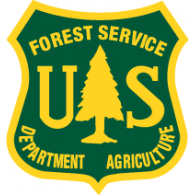Place Your Tree in the Ground Click Here for a PDF of Place Your Tree in the GroundAlthough fruit trees may be planted throughout the year, the best time to plant trees is in winter, during the dormant season. In northern Arizona, or high in the mountains, wait until the soil has thawed or warmed slightly, before buds break into leaves. February, March and early April are the best months. In desert areas of Arizona, January and February are good months to plant trees. This period is smaller because warm temperatures last longer in fall and arrive earlier in spring. Native desert trees can also be planted in the monsoon season when humidity and soil moisture are high. If you are planting edible trees purchased in pots from a nursery, be sure soil in the pots is moistened before planting your tree. When it is time to plant, gently remove the tree from the pot and inspect the roots on the bottom and sides of the root ball. Roots that have grown close together and are matted will need to be loosened to allow them to grow naturally once the tree is in the ground. Gently loosen matted roots by hand. If the roots are very tightly bound or/or thickly matted, you may need to make cuts some roots to free them. |
|
Bare root trees require special care to prevent the roots from drying. Always check the condition of the roots and the packing material to make sure they are moist. If the roots of the tree are dry, soak the roots in water 12 to 24 hours before planting, and keep the tree in a cool place. If bare root trees are not going to be planted immediately, “heel” them into the ground by covering the roots with moist soil until they can be planted. If you are transplanting trees that were planted from seeds, keep some soil around the roots and prevent any exposed roots from drying. Having determined where to place each tree, dig a planting hole twice as wide as the spread of the tree’s roots but only as deep as the root ball or bare roots. The planting hole may be on a terrace or on a raised mound within a water harvesting basin. To facilitate water catchment immediately around the newly planted tree, create a donut-shaped depression just outside the root ball on top of the terrace or raised mound that sits within the larger basin. Create the same donut-shaped depression around newly planted trees that are located on flat ground. In heavy clay soils, form a donut-shaped basin outside the root ball to keep water from standing directly against the tree trunk for an extended period of time. Do not add fertilizer to the planting hole—this can damage the young tree’s roots. Instead, work light organic mulch or compost into the soil around the tree, if needed. Once trees are established, add surface compost or pour liquid compost tea (water that has had compost soaked in it) over the tree root area. Amend the soil as needed. Place the tree in the planting hole with the root ball resting on the bottom. The root flare of the tree—the area at the base of a tree's trunk where a tree’s roots begin to grow underground—should be covered completely, but do not bury the trunk deeper than its root flare. If you are planting a grafted tree (most nursery varieties are grafted), place the graft union—the point where the two plants have grown together—2 to 4 inches above the soil surface. If the tree is bare root, spread the roots outward in the hole and enlarge the hole if needed so roots can extend straight in their natural direction. Gently fill soil around the tree and carefully compress it to avoid air pockets around the roots.Water trees during or right after planting so soil settles firmly and fills in any remaining air pockets around roots. The final soil level should just cover the roots. NOTE: Before you dig, CALL Arizona 811 (formerly known as Blue Stake) to mark buried utility lines between the street and utility meters on your property. To mark additional utilities line locations within your property, contact a private utility locating service. |
CAUTION: Never eat anything that is not properly identified. It is your responsibility to ensure that all fruits, nuts, seeds, pods and other edible products of trees and shrubs are correctly identified and safe to eat before eating them or serving them to others.
Copyright 2023
LEAF is under the fiduciary stewardship of the Arizona Community Tree Council, a 501(c)3 non-profit organization.
70 S Val Vista Drive, Suite A3-186, Gilbert, AZ 85296




